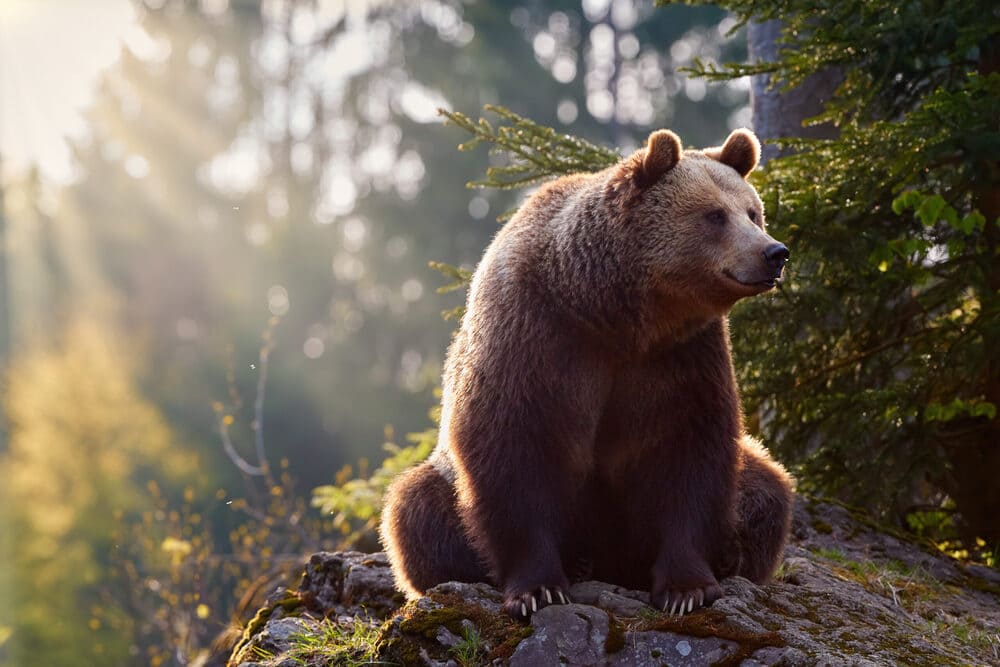
When you go out into the wilderness, you’re venturing into the home of a variety of species of wildlife, and besides the stunning views and nature, animal encounters are often one of the main attractions for many. These animal sightings can be incredibly exciting, however, they can also be downright terrifying for some, especially depending on the wildlife you come across.
When it comes to staying safe in the wild, prevention is ultimately key. Knowing how to avoid possible unsafe interactions and what to do if you do happen to find yourself face-to-face with a wild animal will give you the confidence you need to explore the great outdoors in all its glory.
Wildlife Safety Tips – Do’s and Dont’s
What to Do if You Encounter a Wild Animal
While most animal encounters in the wild are likely harmless, there may be times it could be potentially dangerous. Here’s what to do if you encounter some of the most common predators in the wild.
Snake: Snakes are found in many climates and terrains and are typically harmless when left alone, however, there are times when an encounter can be harmful or even lethal. First and foremost know what type of snakes you may encounter in the area and be mindful of your environment. Stick to the trails, avoid tall grass, and keep your eyes open for ones that could be hiding under rocks and logs.
If you do encounter a snake, stay calm, don’t make any sudden movements, and slowly back away. Making loud noises are banging on the ground can also encourage the snake to flee. While snakes don’t have ears they are extremely sensitive to vibrations.
If you happen to get bitten by a snake, remain calm and avoid moving around. Restricting movement will help to reduce the flow of venom throughout the body. If possible seek medical attention right away. Do NOT ever suck the venom out and do NOT apply a tourniquet.
Bear: If you come across a bear in the wild, back away slowly if it hasn’t seen you. If it has seen you, stand your ground, make yourself look larger, do not yell, and talk in low, quiet tones to not seem threatening. Do not run as this can activate the bear’s prey drive and make it chase you.
Black bears are typically not aggressive but if you are attacked by one, do not play dead, try to escape and fight back if necessary. Grizzly and brown bears on the other hand are more aggressive and can greatly overpower you. If you’re attacked, play dead and protect your head and neck.
Mountain Lion: Mountain lions and other large wild cats can be dangerous. If you encounter one while hiking, stand tall, make loud noises, and back away slowly. Act as a predator. Don’t turn your back, run, or crouch down as this may provoke the wild cat to attack. If it does attack fight back and protect your head and neck.
Moose: When crossing paths with a moose, give it space. Unless it has a baby nearby, it will most likely keep its distance. A moose will typically provide a warning sign before charging by urinating, tossing its head, or smacking its lips. If a moose charges at you, run. The best thing to do is find a tree or large object that you can put between you and the animal.
Our Wilderness Courses cover specific training for these and other precautions and first aid in the wild.